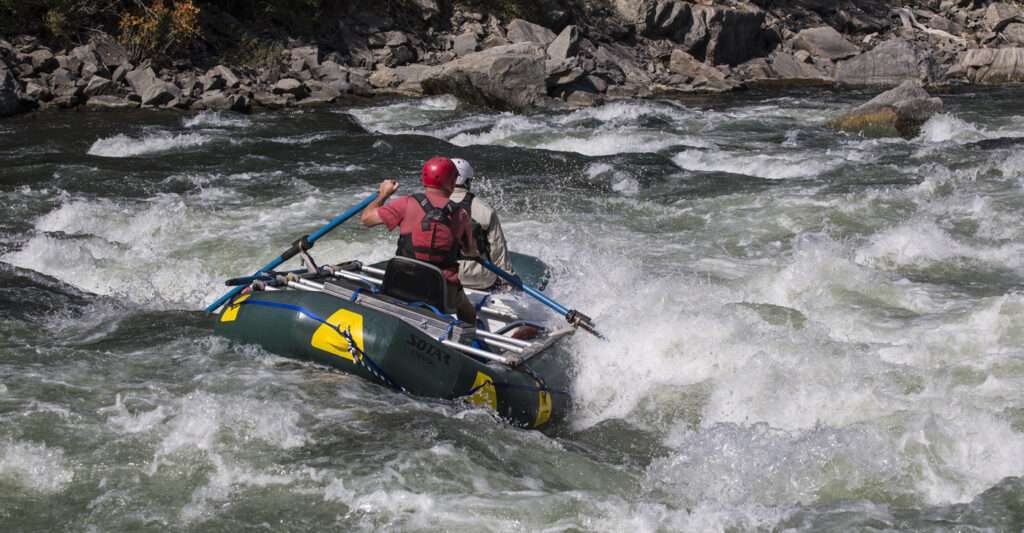So the scratches on the bottom of your kayak have you worried, huh? Well, I can honestly tell you that more times than not, they look much worse than they really are. Those scratches are caused by several things including sand, rocks, and oysters. They can even be caused during loading / unloading, storing your kayak where it can slide around, and other items can slide into/under it.
The scratches really aren’t causing any problems and the chances are that even the deepest scratches are far from puncturing the hull of your kayak. But it’s still a good idea to repair them once or twice a year. The scratches can cause excess drag as your trying to smoothly paddle across the water. I normally repair the scratches on my kayak at least once per year. Usually it’s a winter project as I’m preparing for the new fishing season and hoping for warmer weather.
There are really two acceptable ways to repair these scratches. Both of them work exactly the same way, but employee different methods. The goal is to melt the plastic enough that it can be shaped back into the shape of the hull. I’ll show you how to do both methods on one of my kayaks.
Regardless of which method you use, you always want to flip the kayak over so the hull is pointing toward the sky. This will make it easier to work on the bottom of your kayak, but at the same time you won’t have to worry about any hot plastic dripping on you if you happen to over-heat the plastic enough to make it drip.
If your a perfectionist, you might want to clean the hull of your kayak to remove all the debris that is wedged inside the scratches. If you don’t remove all of these particles, they will just become a permanent fixture of your boat. You can do this with a stiff bristled brush and some soapy water. Make sure you completely dry the bottom of the boat and make sure to get all the water trapped inside each scratch. It’s been my experience that cleaning these scratches really isn’t worth the time because your just going to get new scratches; and the bottom of your kayak will always be dirty. But if you want to clean it, feel free.
Method 1
The first method to repair a scratch is probably the simplest. If you’ve got an extra clothes iron (notice I said “extra” that means don’t use your wife’s), you can use it to re-melt the plastic and press it back to it’s original shape. The setting for each iron is going to be slightly different, but I always start with medium-high heat and make adjustments from there. Start on one end of the scratch and heat the plastic with the front of the iron. As the plastic becomes pliable, gently fold it into position and fill the scratch as much as you possibly can. Make sure the plastic has cooled before you reach down and touch it.
Method 2
The second method is to use a small butane torch and a putty knife. You can use these two items the same way that you used the iron. With the torch, heat the plastic enough to make it pliable and use the putty knife to fold the heated plastic back into it’s original shape. With some of the smaller scratches, it’s possible that you can get away without using the putty knife; just heat the plastic up enough so it can flow back into the scratch.
When your using the butane torch, try not to overheat the plastic. If the plastic gets too hot, it can leave black marks where you’ve actually burned the plastic instead of melting it. If you happen to get a few of these black spots, it’s fine because you can always sand them out if they really bother you. However it is best to avoid burning the platic all together. Again, make sure the plastic has cooled before you touch it.
With both of these methods, the chances are the heated area could show some signs of discoloration. This discoloration usually goes away when the heated plastic has cooled down to it’s normal temperature.
There really is no way that you can make your kayak look like new again, but you can definitely improve it’s looks and efficiency if you follow the steps outlined above. Like I said, I usually do this as a winter project as I’m getting stir crazy for the warmer weather.

